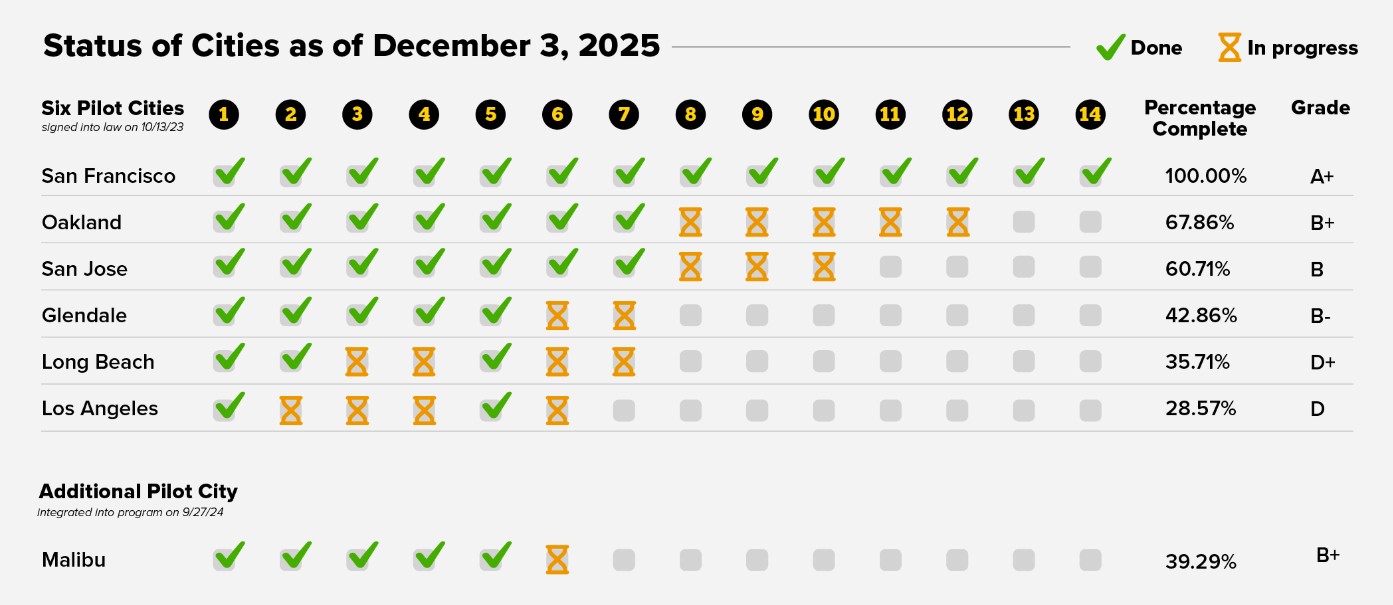
It's a common practice for cities to make developers widen a street when they put up a new building. The thinking is that development creates car trips that must be accommodated with more asphalt.
But new research suggests these policies don't help anyone. The main effect is to increase the cost of building, making housing less affordable.
"As traffic management exercises, many widenings appear unnecessary," concludes UCLA researcher Michael Manville in a paper published in the Journal of Transport and Land Use [PDF].
Manville looked at how this policy is carried out in Los Angeles. In L.A., all multifamily housing projects (and some other types of construction) are assessed by city traffic engineers to determine whether the developer should widen nearby streets. This is like "blaming Disneyland for increased air travel, and forcing the theme park to expand runways whenever it adds attractions," he argues.
Manville spoke to developers compelled by the city to pay for various road widenings. The costs varied. In one case, the street widening added an estimated $11,000 to the cost per unit of a multifamily housing development. In another case the figure was $50,000. In another, just $65 per unit. Where the costs of street widenings are substantial, the policy drives up costs for renters and buyers.
As for reducing congestion, the whole practice of street widenings to accommodate development appears to be "largely symbolic," Manville writes.
Manville examined a random sample of 278 street widenings paid for by L.A. developers between 2002 and 2012. He then compared vehicle counts on those streets to the volume of traffic a street of that width is supposed to handle. How many cars were actually on streets that had been widened to handle between 30,000 and 50,000 vehicles per day?
In most cases (52 percent), the answer was "fewer than 30,000 vehicles" per day. On smaller streets, Los Angeles planners were even worse at matching street width to traffic volumes. Nearly two-thirds of streets (63 percent) that had been widened to handle up to 10,000 vehicles per day in fact saw fewer than 5,000 vehicles per day.
Furthermore, in about 20 percent of cases, the city had no traffic counts at all on which to base the decision to widen.
Even if the road widenings had the predicted effect, they would still, of course, be a terrible policy for cities. Wider roads are more dangerous roads, leading to more injuries and fatalities. And while more asphalt might make it more convenient for more people to drive at peak hours, in the end that would just increase the number of cars on the road. Raising the cost of driving is the only effective way to reduce traffic.
"The evidence suggests that mitigation laws have low social benefits and higher social costs; more is lost in housing than is gained in mobility," Manville concludes.





